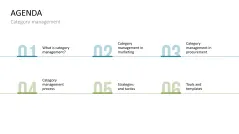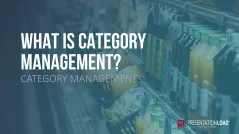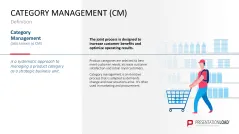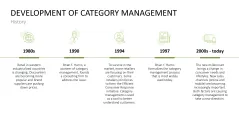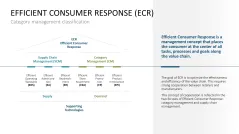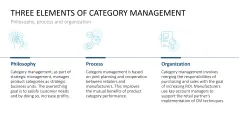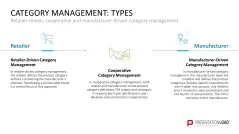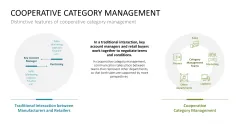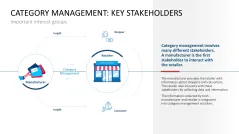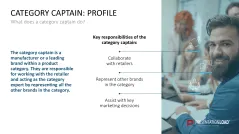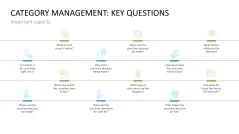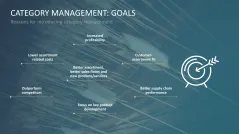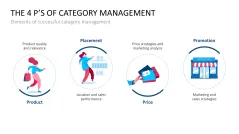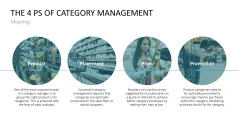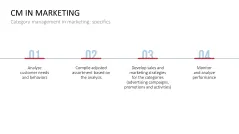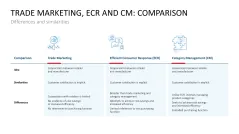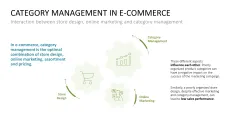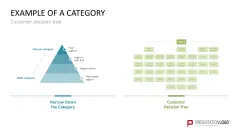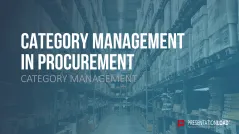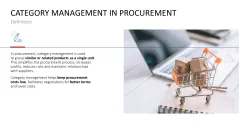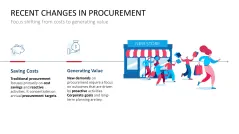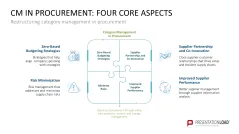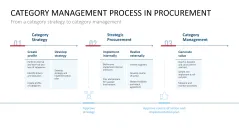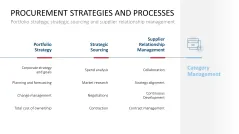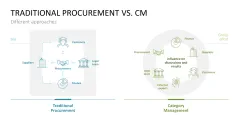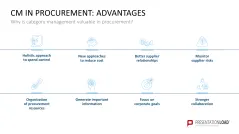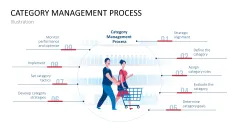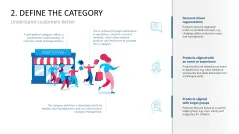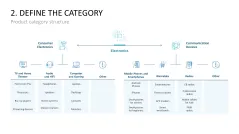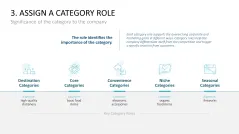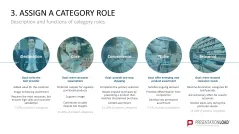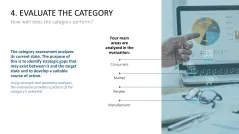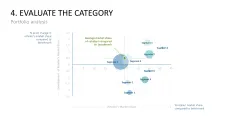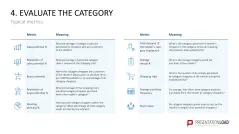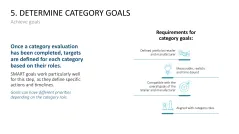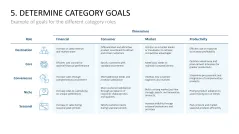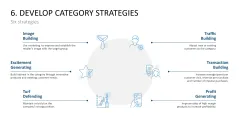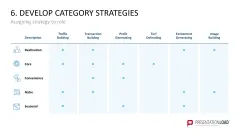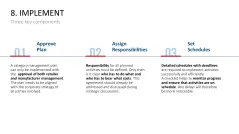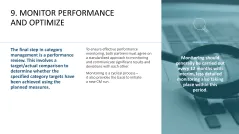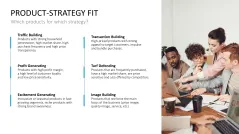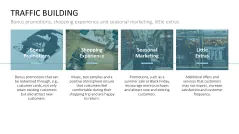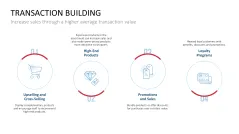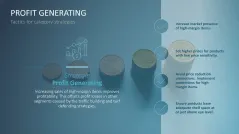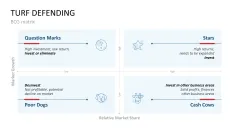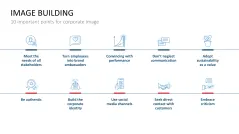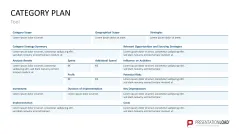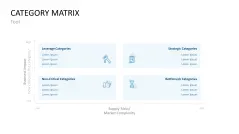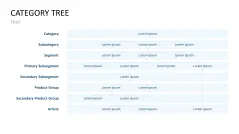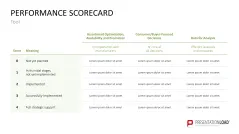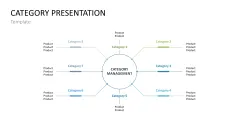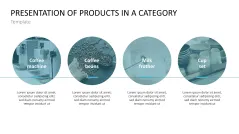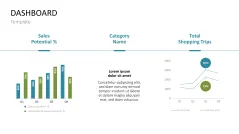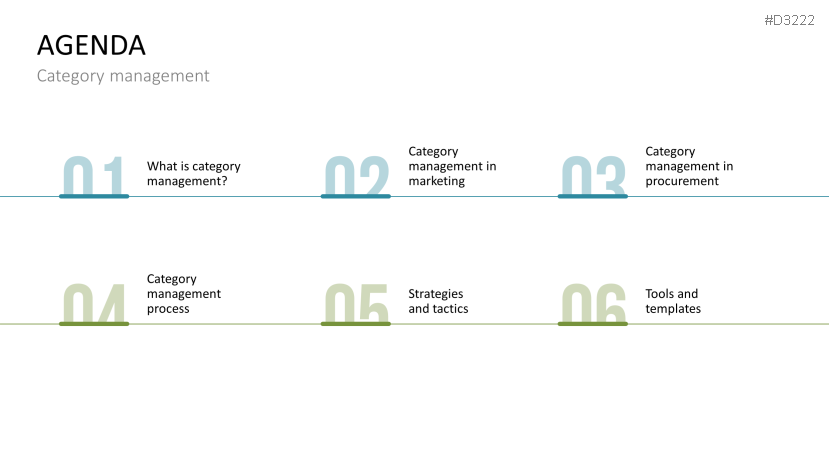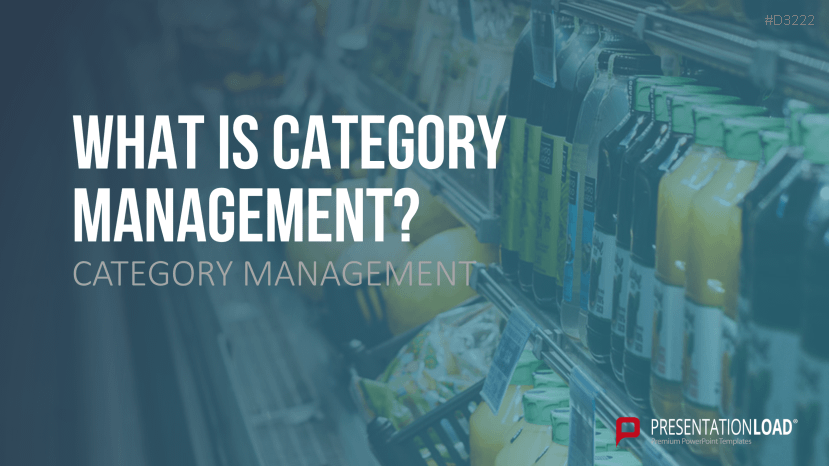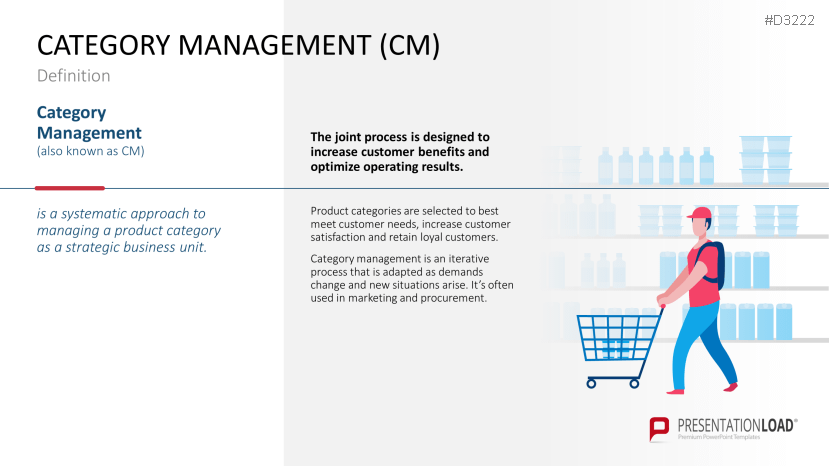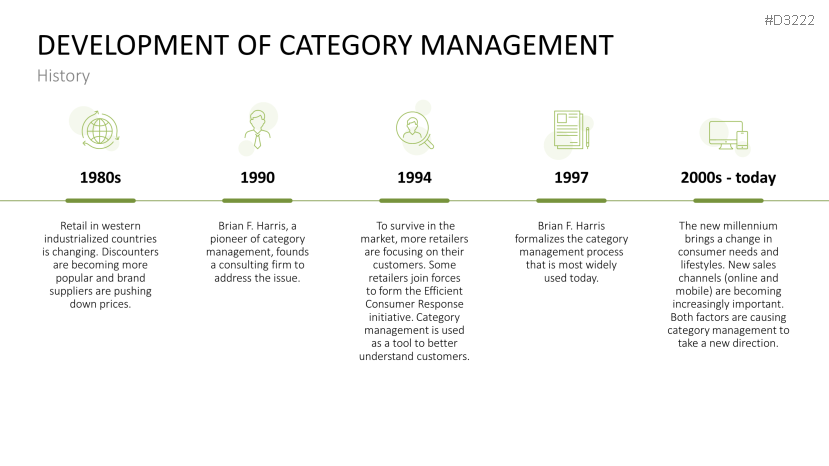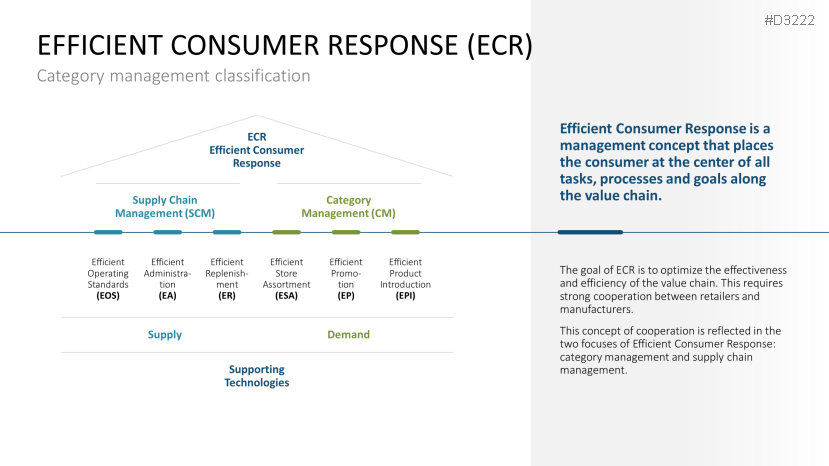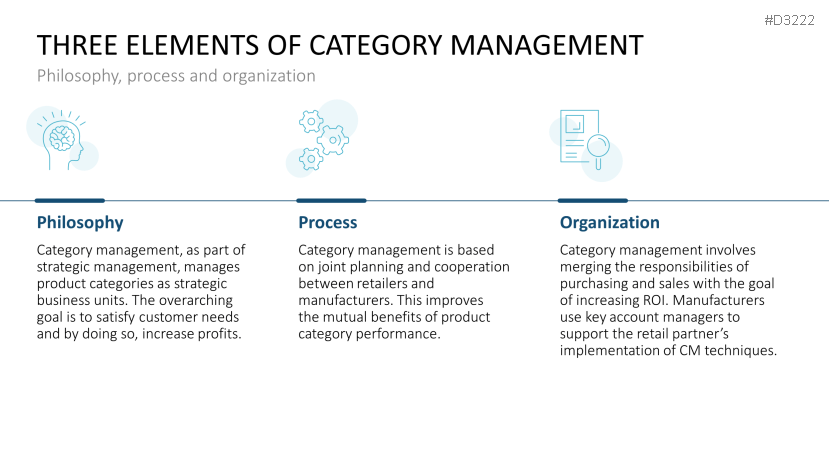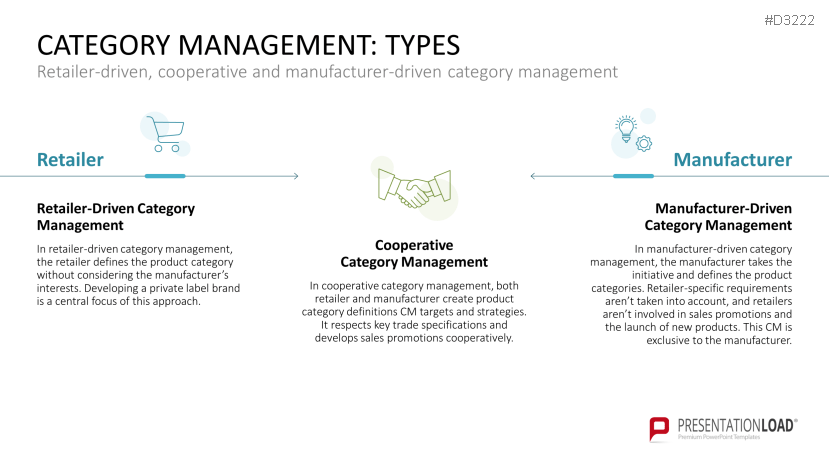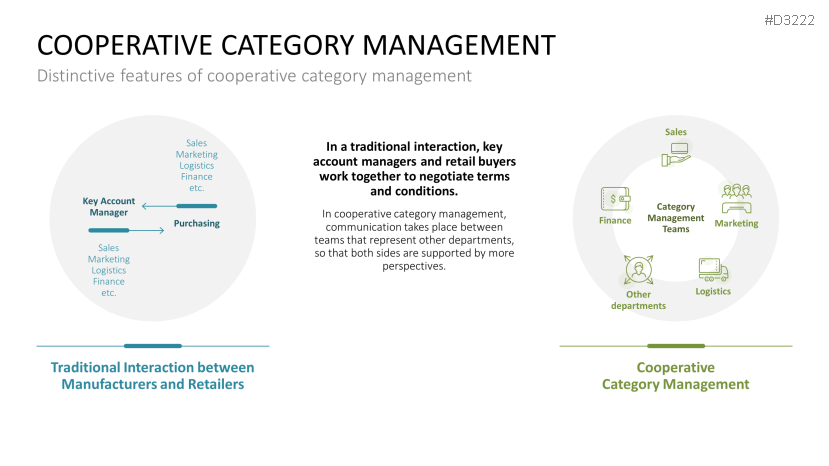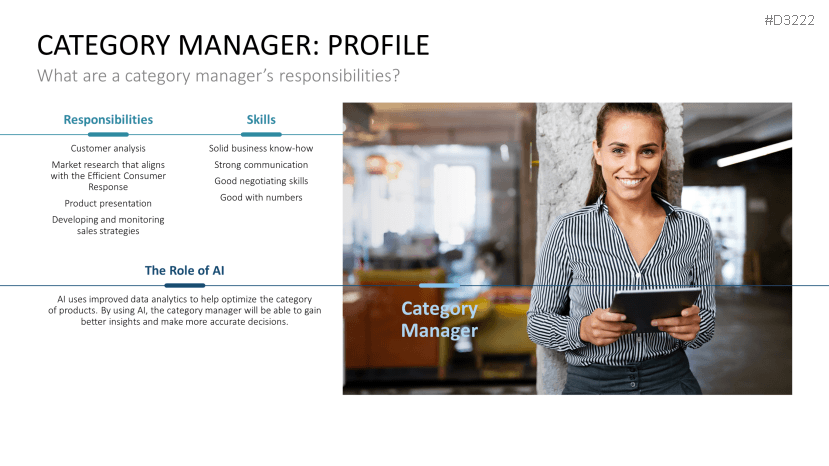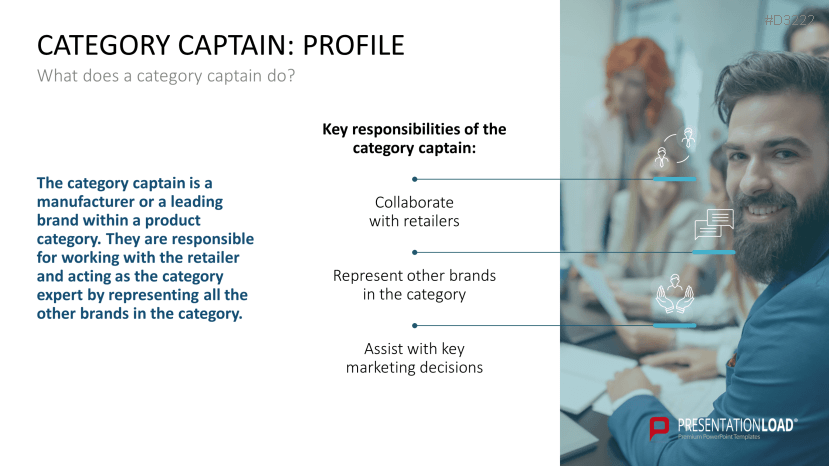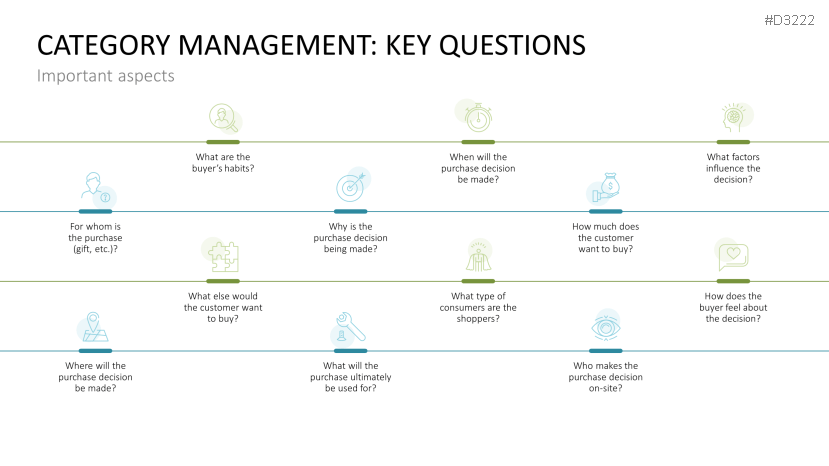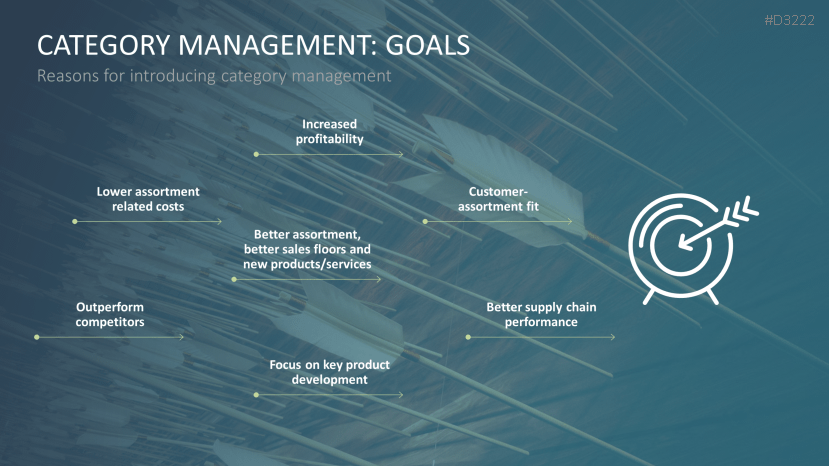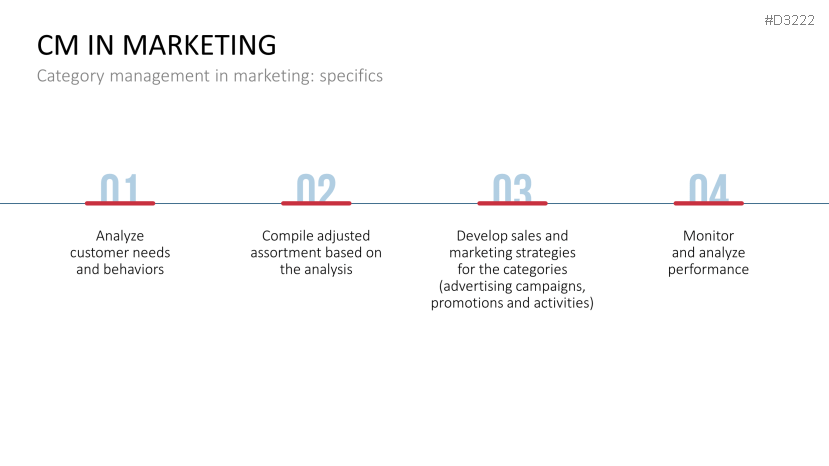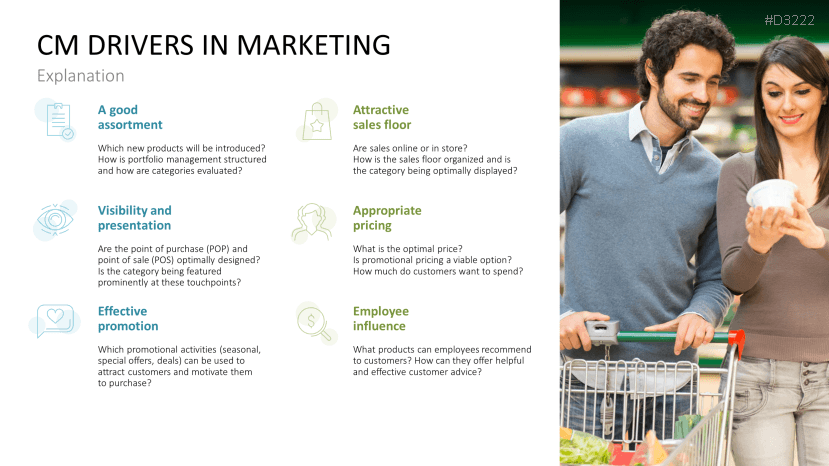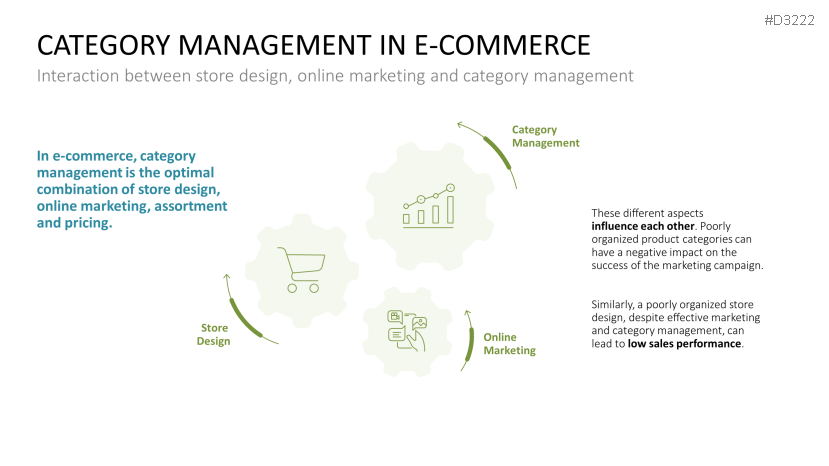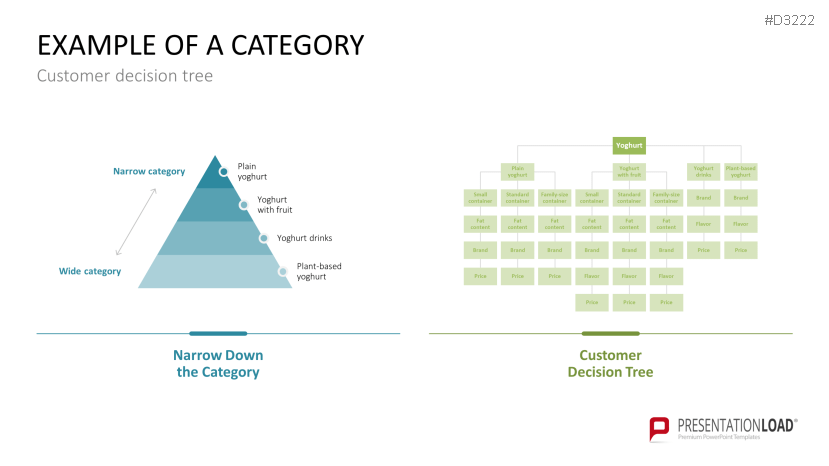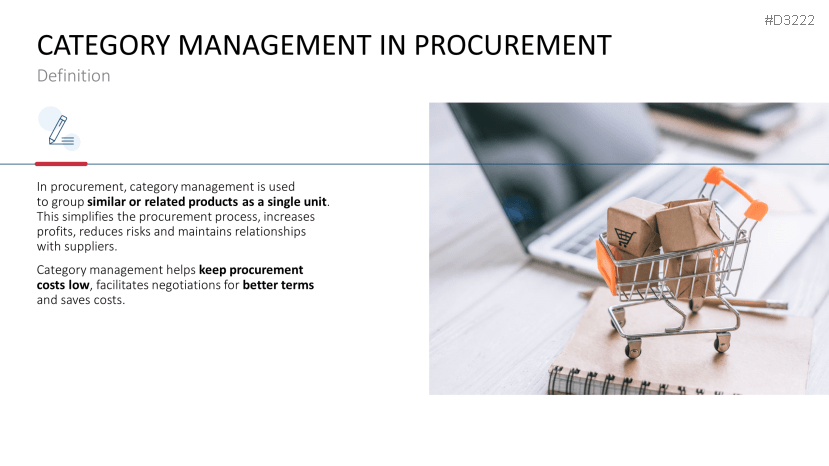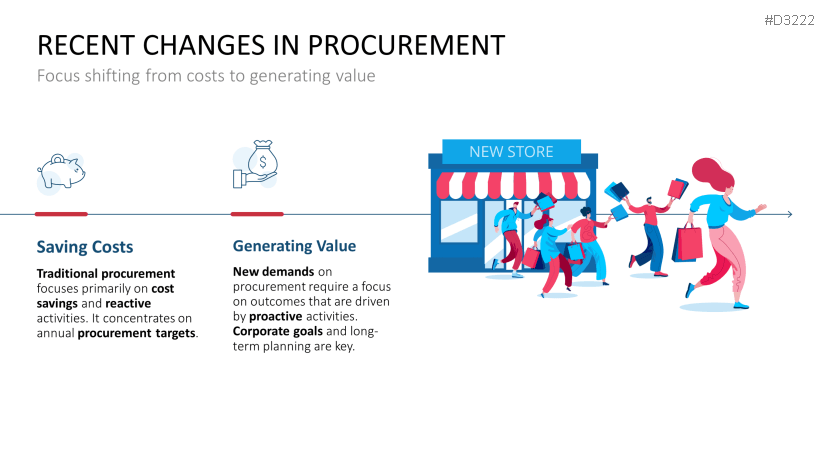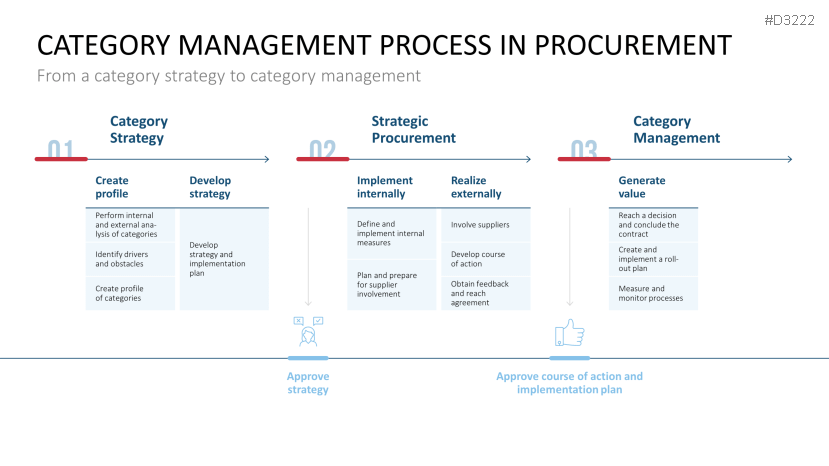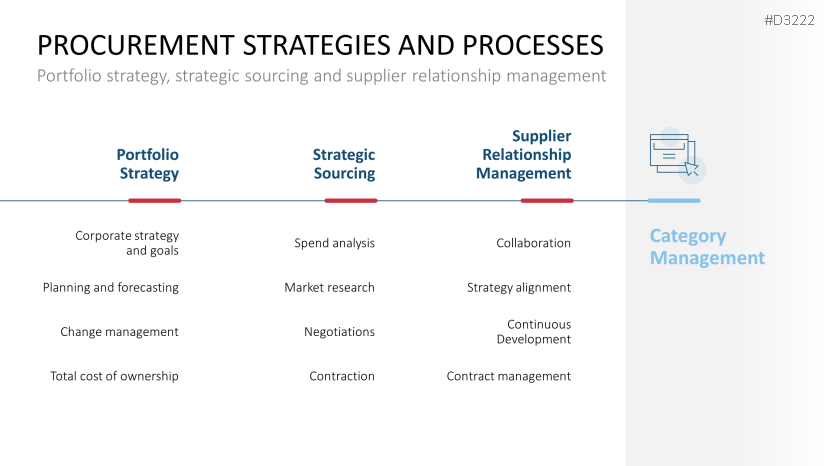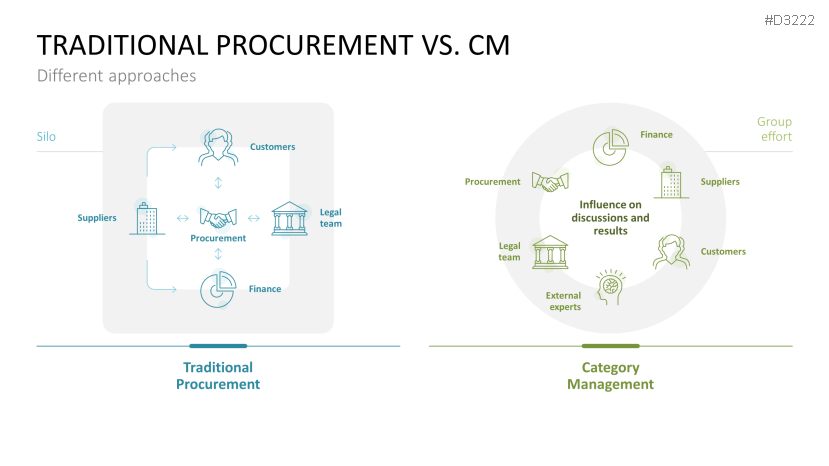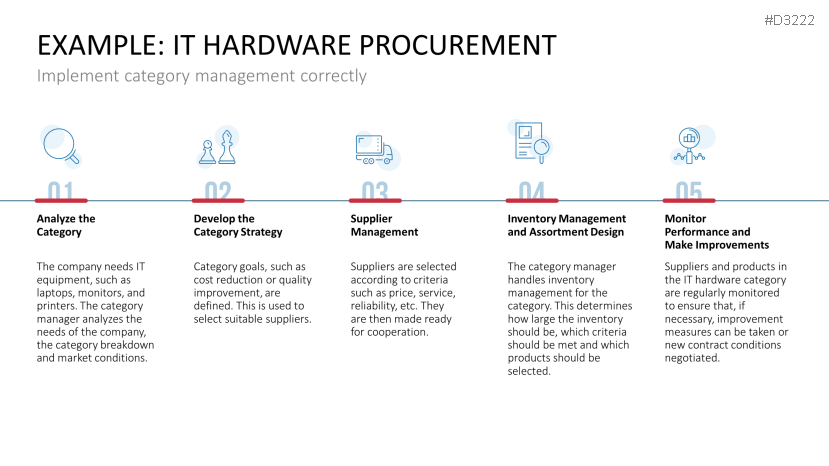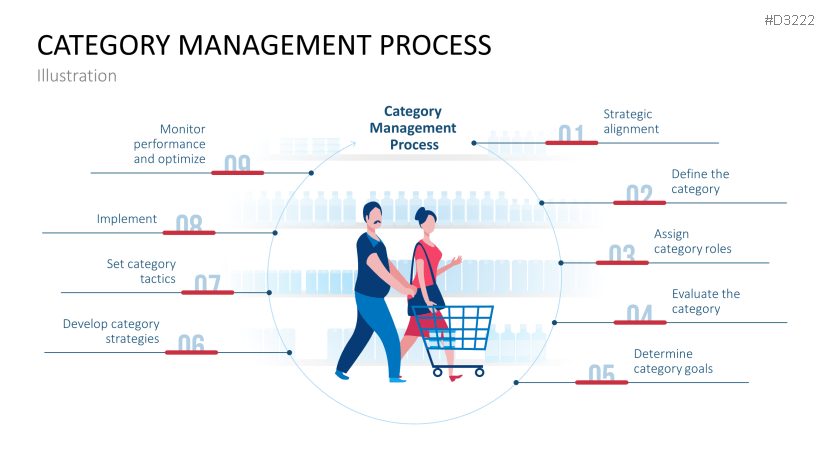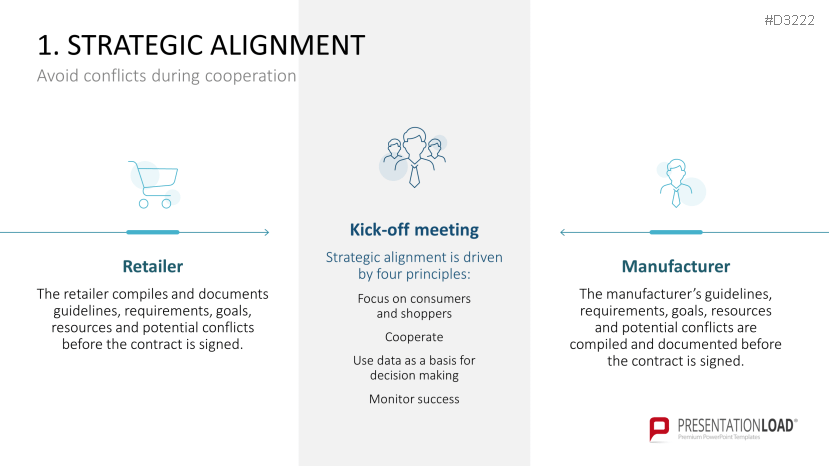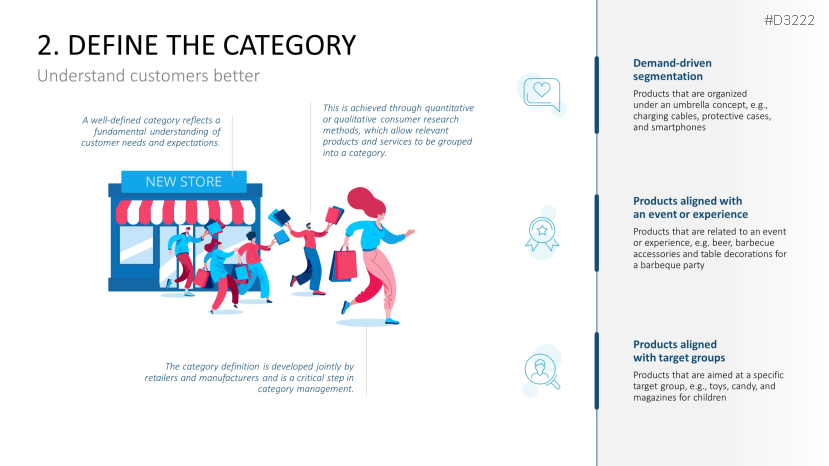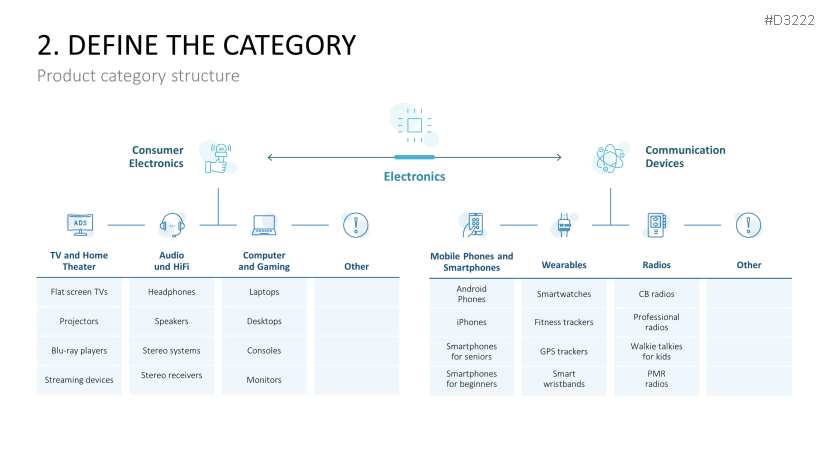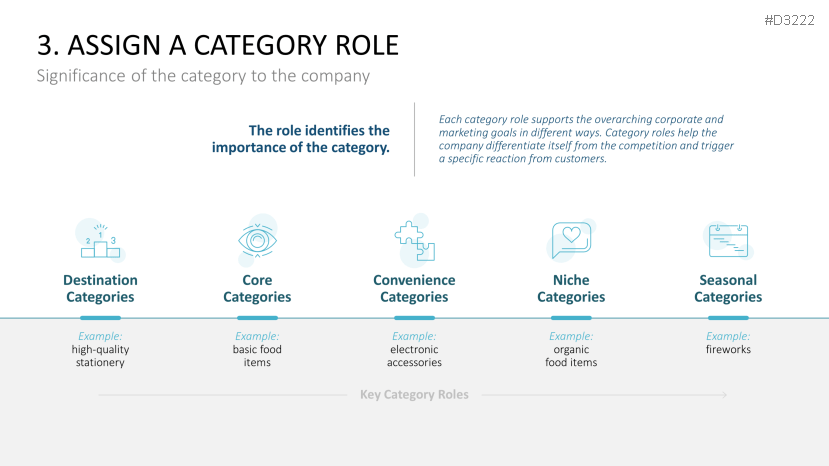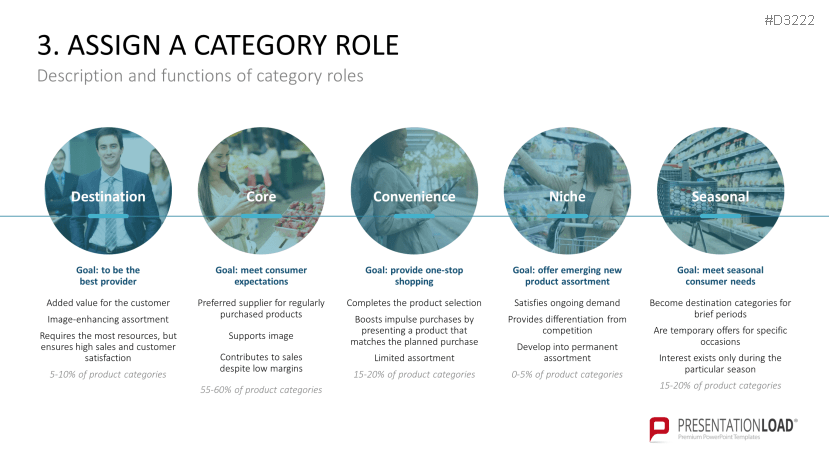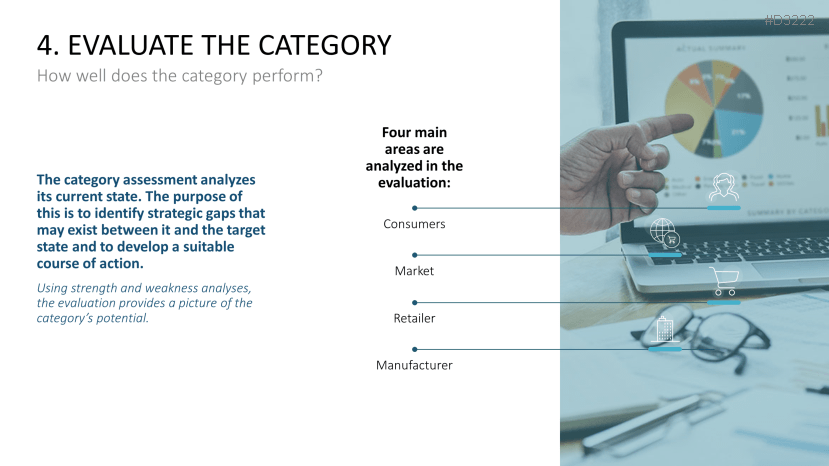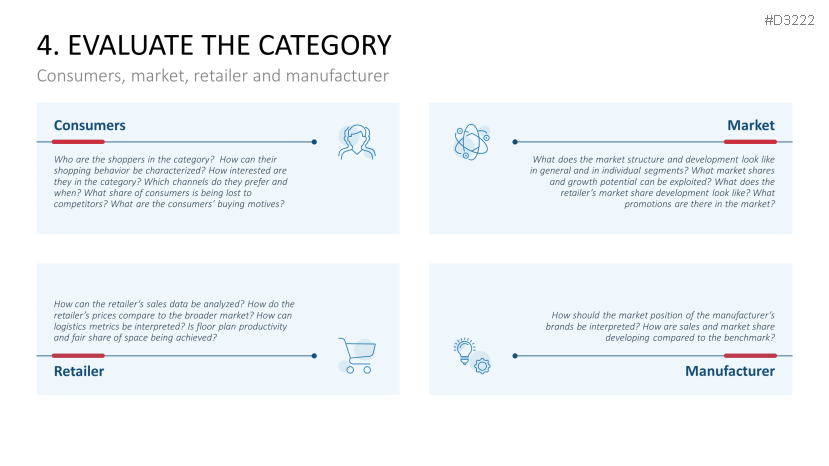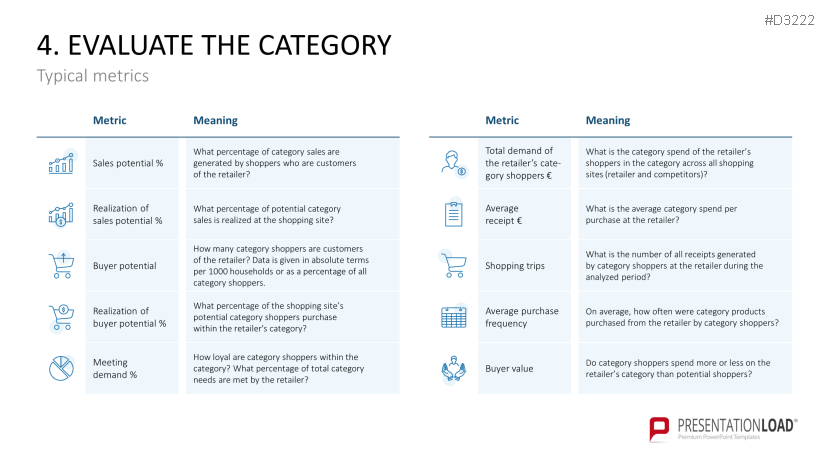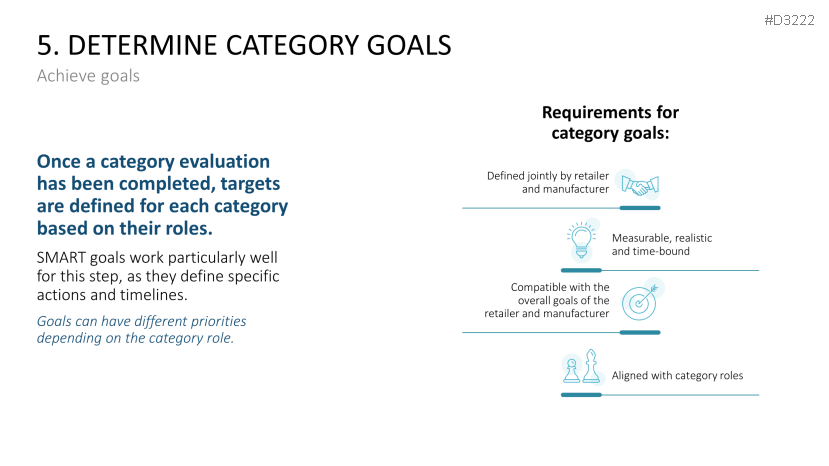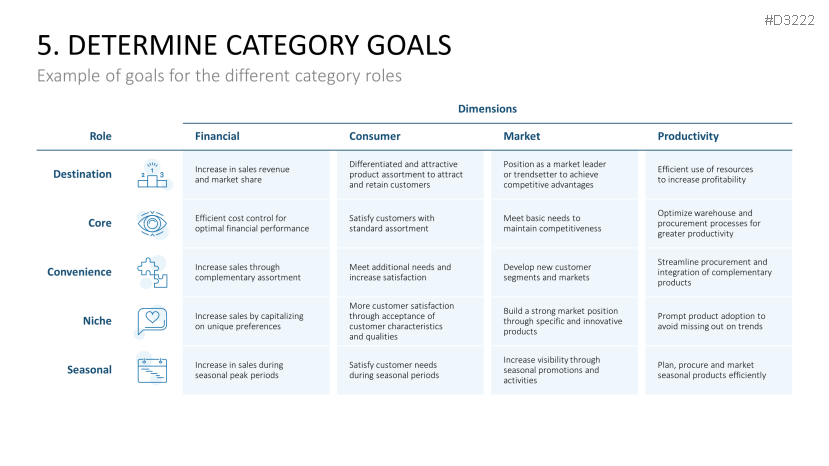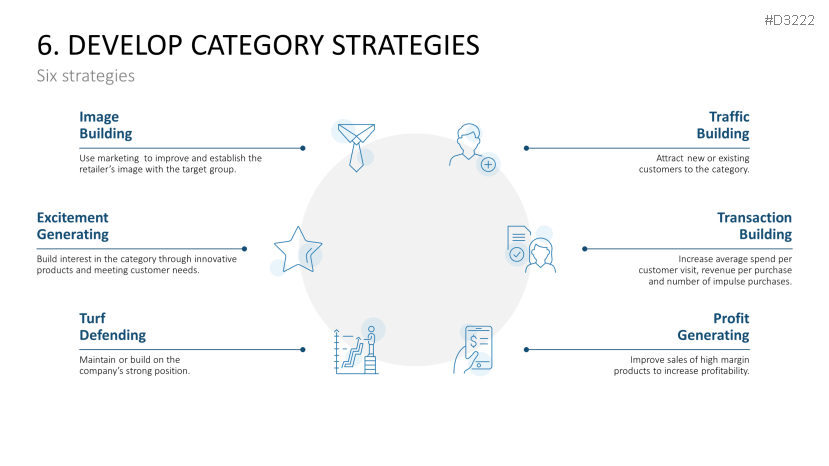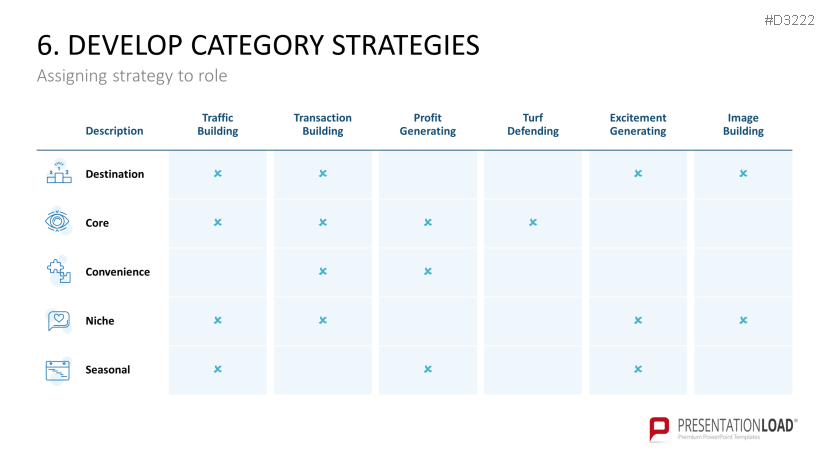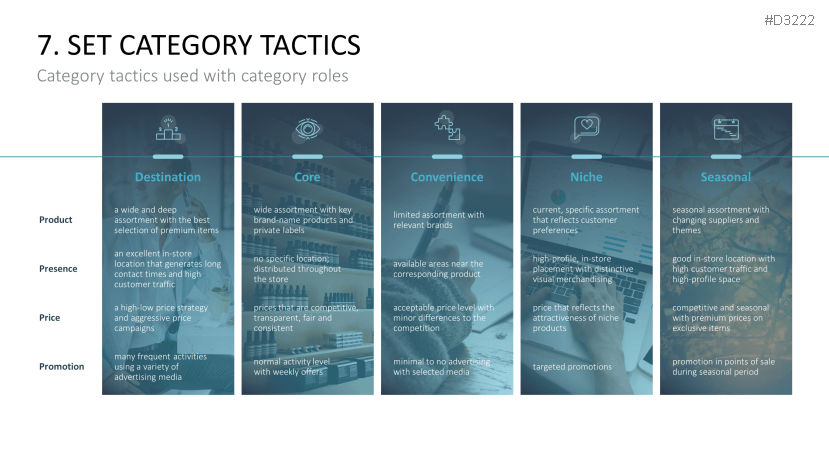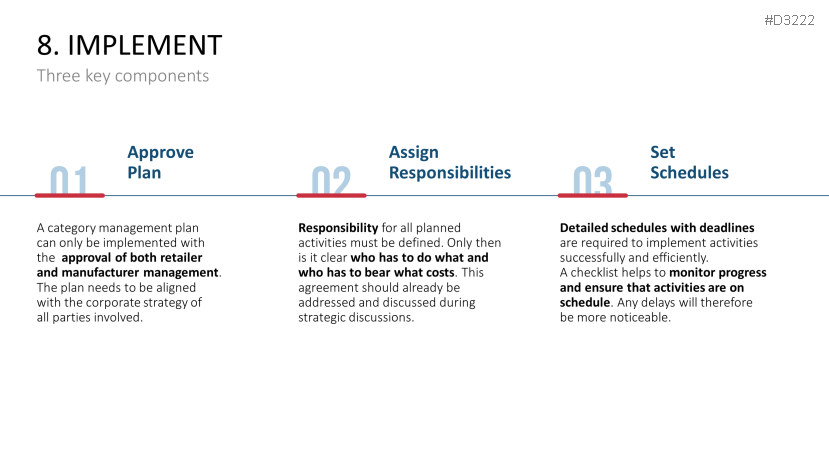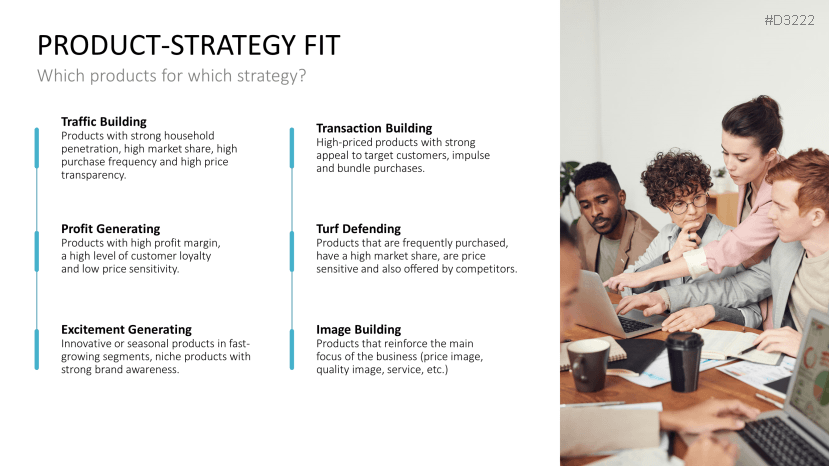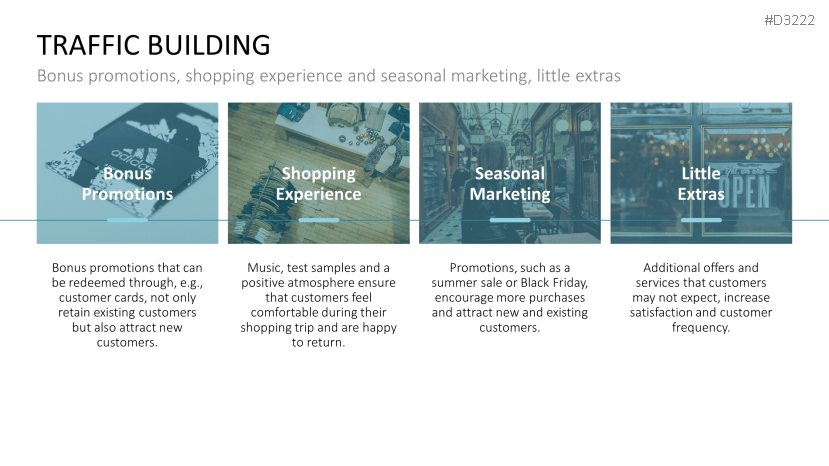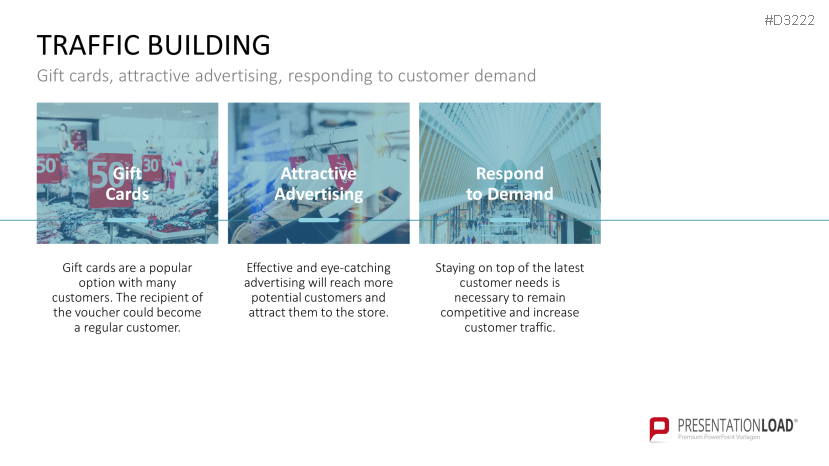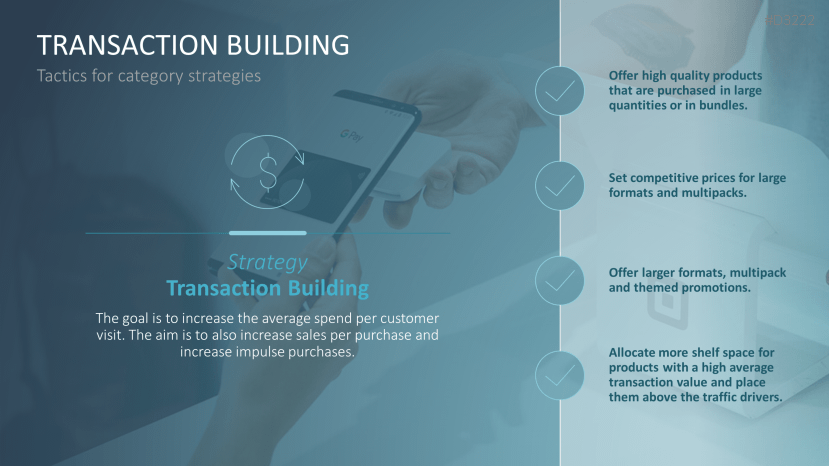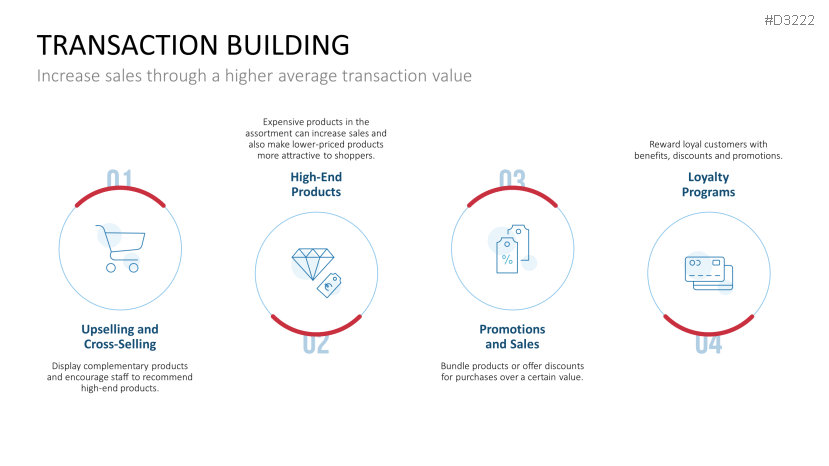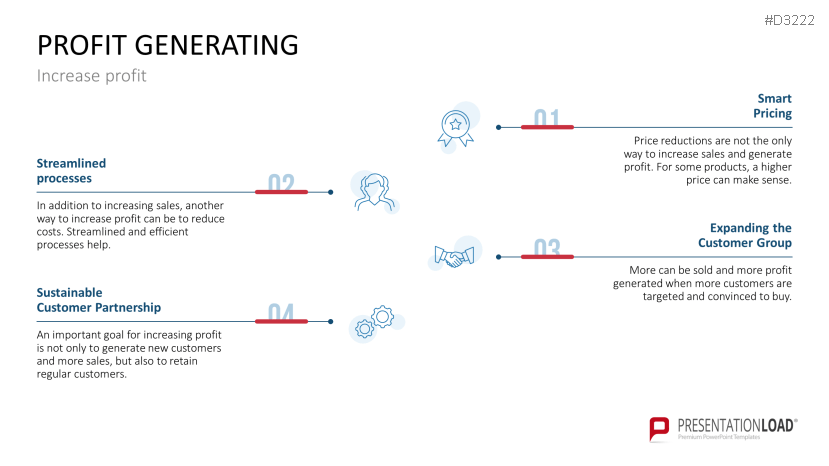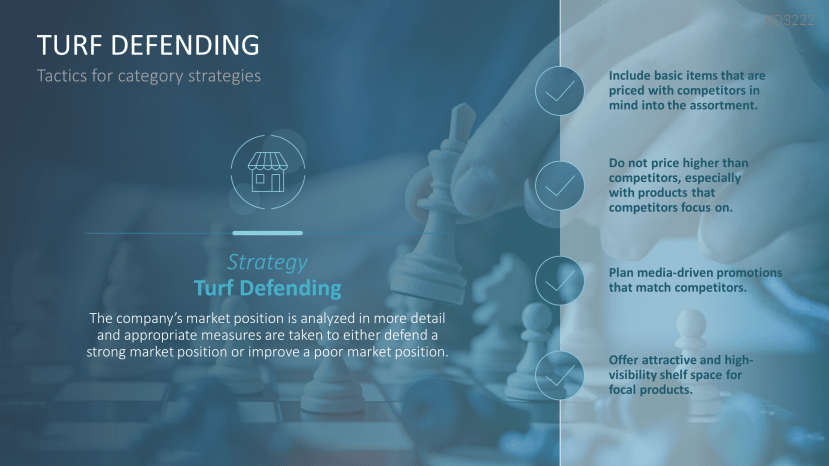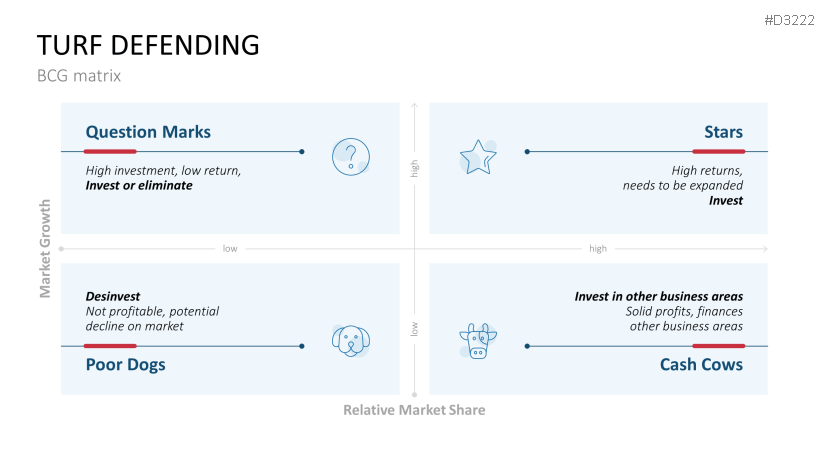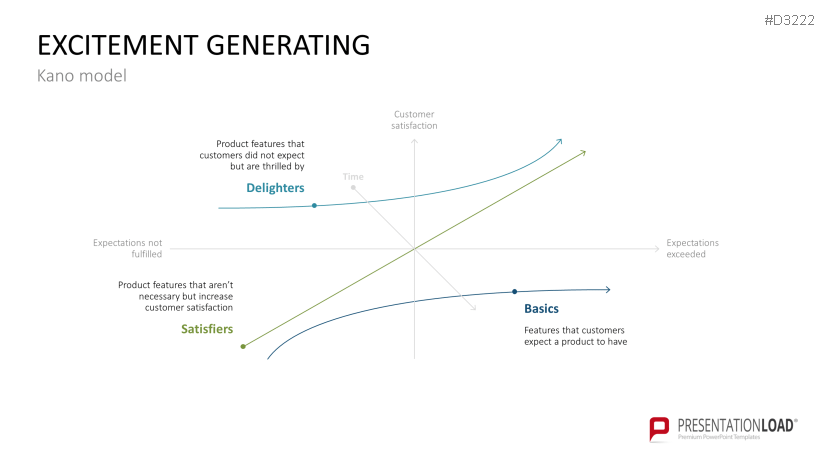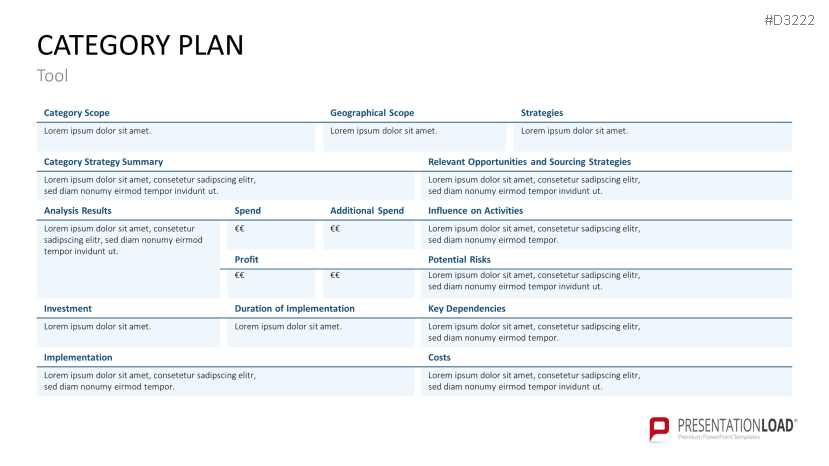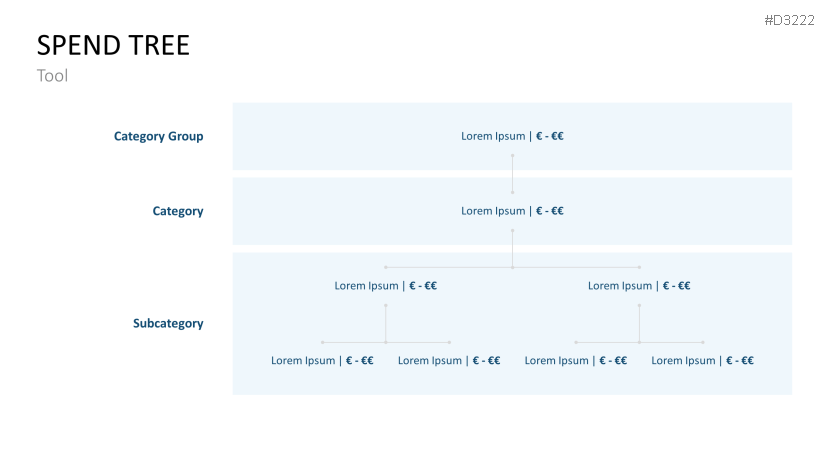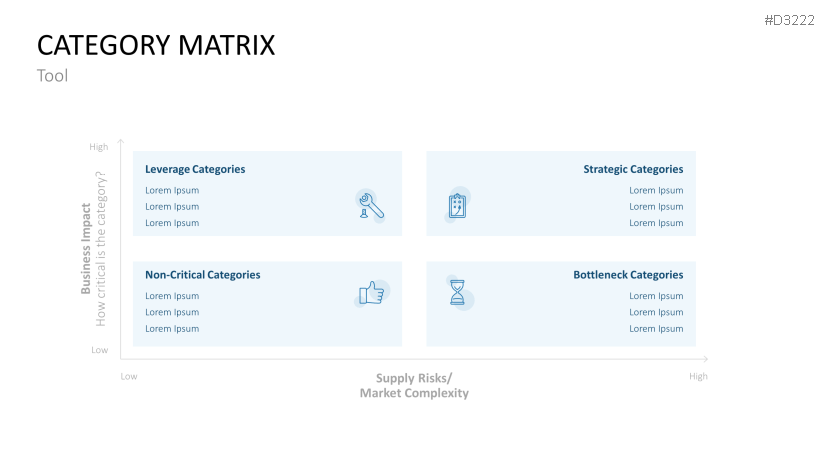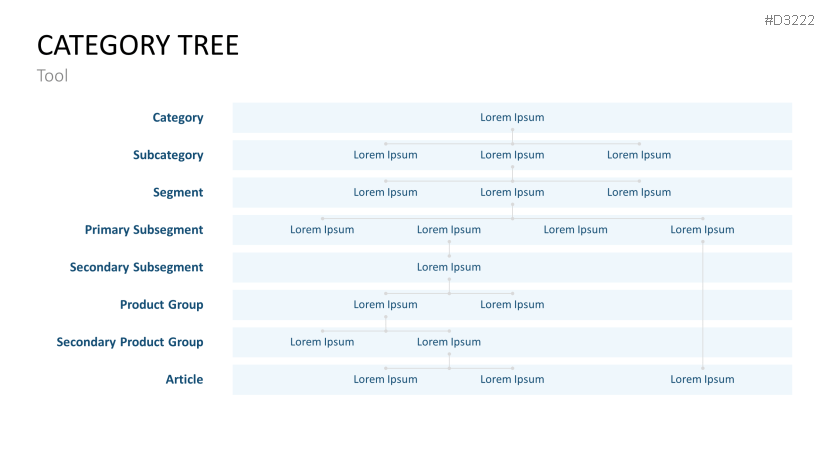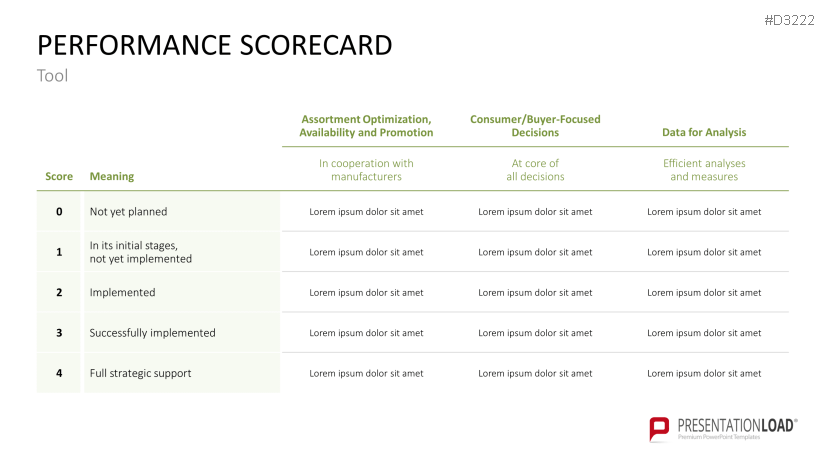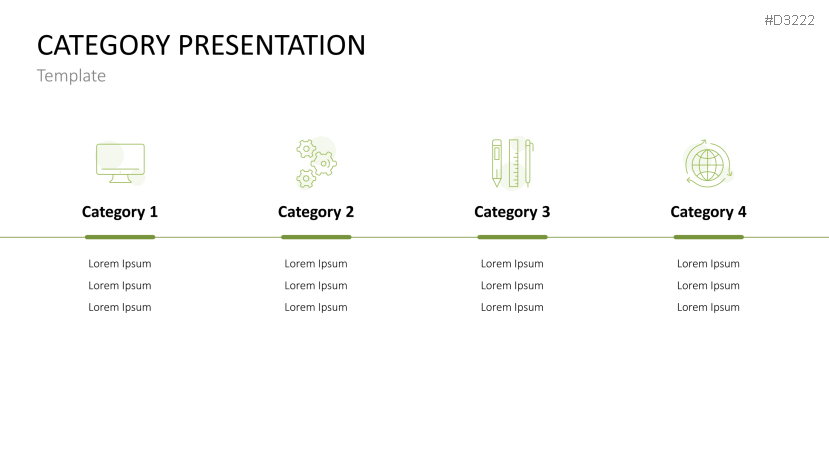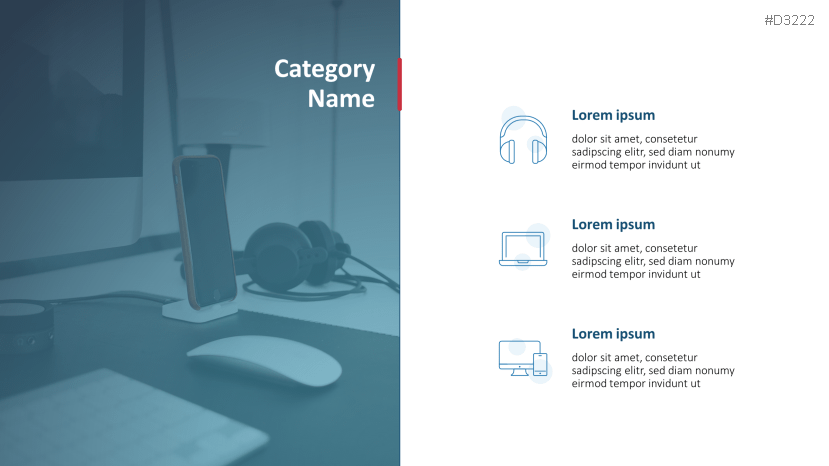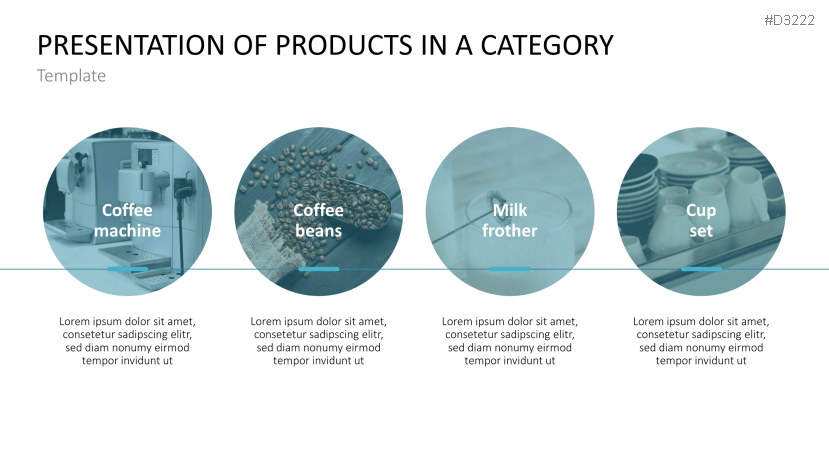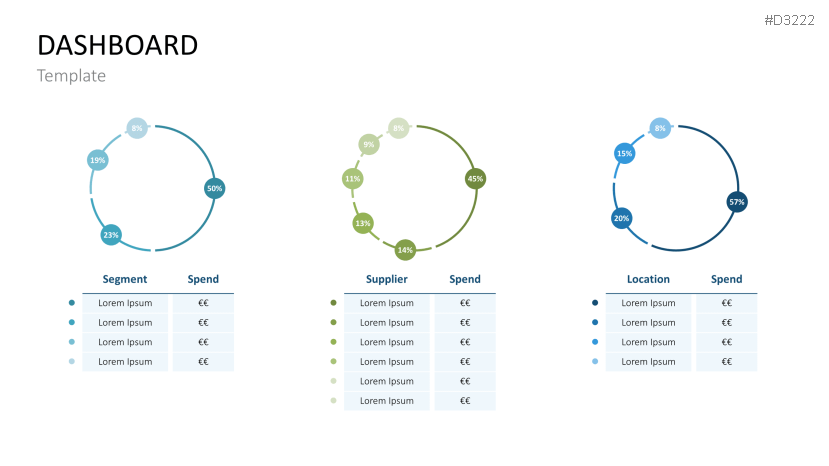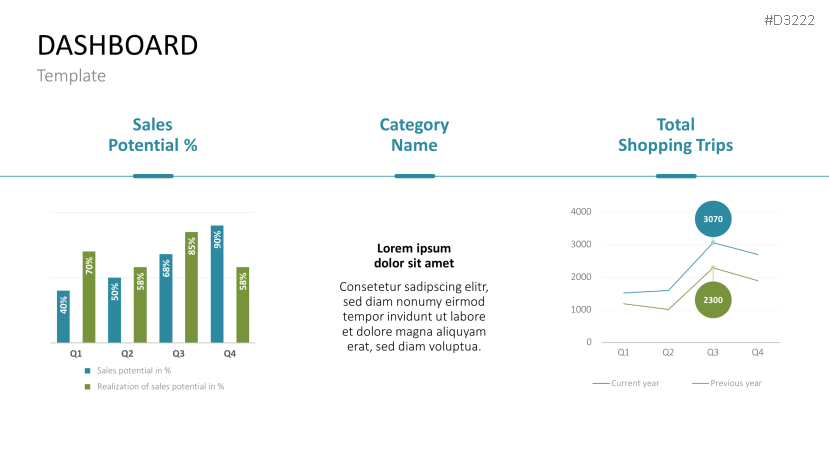
What is category management?
Category management (CM) is an operational management concept in which manufacturers and retailers work closely together to lead and manage merchandise as strategic business units. Rather than focusing on individual products, category management looks at a category of interrelated products as a whole, considering customer needs, market trends and competitors. It aims to optimize assortment, shelf placement, pricing and marketing strategies within a category to increase customer satisfaction and maximize profitability.
Through a holistic approach, category management enables more effective product presentation, better inventory management and a closer collaboration with suppliers. It is used primarily in marketing but can also be applied to procurement.
Overview of category roles
A category is first defined based on needs, experiences, events or specific target groups. Then, an analysis is performed to determine which role the category plays for the company and its success. In this process, categories can be assigned to five different roles: core, convenience, niche and seasonal. Each of these roles has a different significance for the company and has its own goals and strategies. For example, the core category consists of only high-quality and image-enhancing products. In this category, the company wants to be the best supplier and create additional value for its customers. The seasonal category, on the other hand, is about satisfying seasonal customer needs and organizing assortments for specific occasions.
Category strategies and category tactics
Once the categories and their roles are established, attention can turn to category management strategies and tactics. Key strategies include traffic building, transaction building, profit generating turf defending, excitement generating and image building. These strategies can all be linked to tactics that provide courses of action. Tactics include product policy, presentation, pricing policy and promotion. These tactical activities are designed to improve strategy implementation and to achieve corporate objectives.
Everything on category management in one template
Our new PowerPoint template provides you with all the key and basic information you need on category management. Present what category management is, what processes it involves and in which areas it can be applied in your company. Provide a deeper understanding of category management strategies and tactics and use our professionally designed slides to showcase your own category management processes. You'll also receive easy-to-edit templates that you can use to create and present your own product categories - all with minimal effort and time!
With the Category Management template for PowerPoint, you can
- present the basics of category management.
- provide a deeper understanding of category management strategies and tactics.
- enjoy stylishly designed templates that can be adapted to your products and processes in just a few clicks.
This PowerPoint template includes:
- A quote
- What is category management?
- Category management definition
- Development of category management
- Efficient Consumer Response (ECR)
- Three elements of category management
- Retailer-driven, cooperative and manufacturer-driven CM
- Cooperative category management
- Category management: key stakeholders
- Category manager: profile
- Category captain: profile
- Category management: key questions
- Category management: goals
- Category management in marketing
- Category management in marketing definition
- The 4 Ps of category management
- CM in marketing
- CM drivers in marketing
- Trade marketing, ECR and CM: comparison
- Category management in e-commerce
- Example of a category
- Category management in procurement
- Category management in procurement definition
- Recent changes in procurement
- CM in procurement: four core aspects
- Category management process in procurement
- Procurement strategies and processes
- Traditional procurement vs. CM
- CM in procurement: advantages
- Example: IT hardware procurement
- Category management process
- Strategic alignment
- Define the category
- Assign a category role
- Evaluate the category
- Determine category goals
- Develop category strategies
- Set category tactics
- Implement
- Monitor success and optimize
- Strategies and tactics
- Product-strategy fit
- Traffic building
- Transaction building
- Profit generating
- Turf defending
- Excitement generating
- Image building
- Tools and templates
- Category plan
- Spend tree
- Category matrix
- Category tree
- Performance scorecard
- Category presentation
- Dashboard templates

